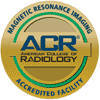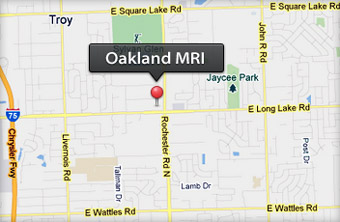Radicular pain often is the result of nerve root inflammation +/- mechanical irritation. Clinical practice and research demonstrate that mechanical compression alone to the nerves causes only motor deficits and altered sensation but does not necessarily cause pain. Inflammation within the epidural space and nerve roots, as can be provoked by a herniated disk, is a significant factor in causing radicular pain.
Historical evidence of nerve root inflammation has been demonstrated during surgery in patients with radicular low back pain (LBP) from lumbar disk herniation. Animal research in dogs and rats also has revealed severe inflammation locally within the epidural space and nerve root after injection of autologous nuclear material into the epidural space. A high level of phospholipase A2 (PLA2), an enzyme that helps to regulate the initial inflammatory cascade, has been demonstrated in herniated disk material from surgical samples in humans. Leukotriene B4, thromboxane B2, and inflammatory products also have been discovered within herniated human disks after surgery. Animal models have demonstrated that injection of PLA2 into the epidural space induces local demyelination of nerve roots, with resultant ectopic discharges (which is considered to be the primary pathophysiologic mechanism for sciatica [radicular pain]).
The radicular LBP caused by spinal stenosis is probably related to the inhibition of normal nerve root vascular flow with resultant nerve root nutrition, nerve root edema, and nerve root dysfunction. Chronic nerve root compression can induce axon ischemia, impede venous return, promote plasma protein extravasation, and cause local inflammation. If dorsal root ganglia are chronically compressed and irritated, this theoretically can lead to their sensitization and resultant radicular pain. Similar mechanisms of radicular pain are postulated to occur in the thoracic and cervical spine as well.
In summary, clinical practice and animal research suggest that radicular pain is the result of inflammation of the nerve root in the epidural space provoked by leakage of disk material, compression of the nerve root vasculature, and/or irritation of dorsal root ganglia from spinal stenosis.

